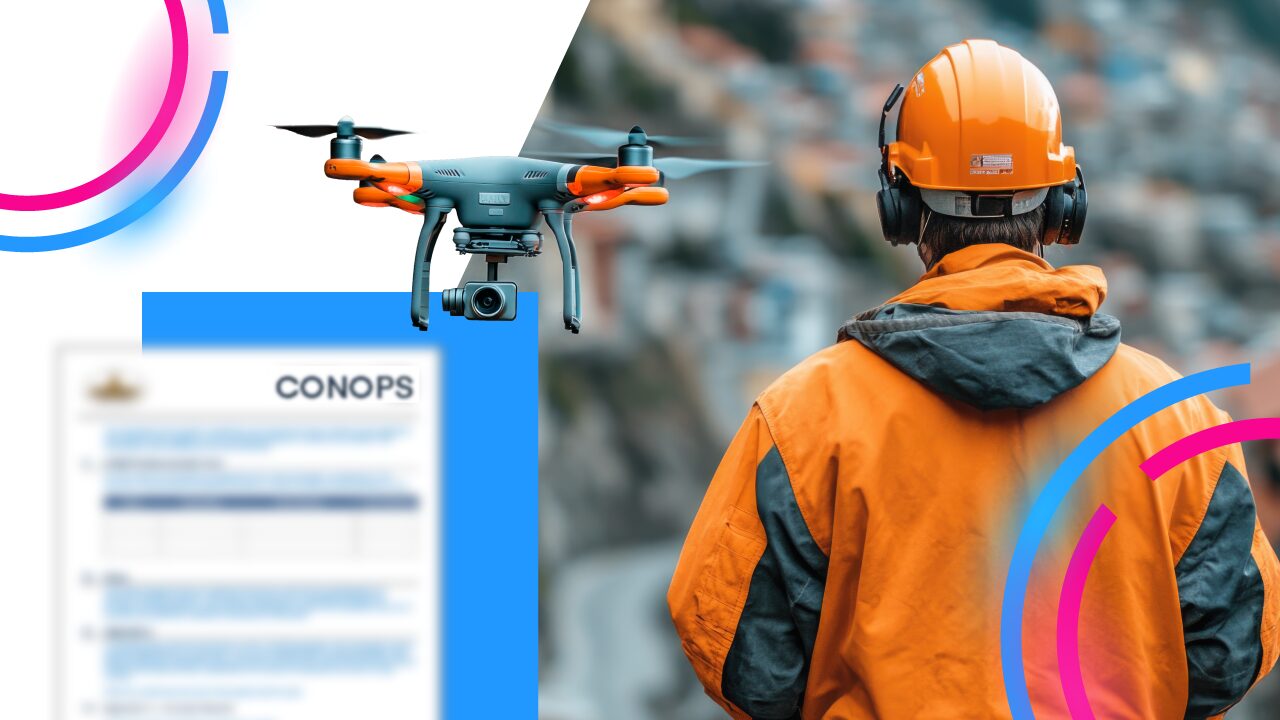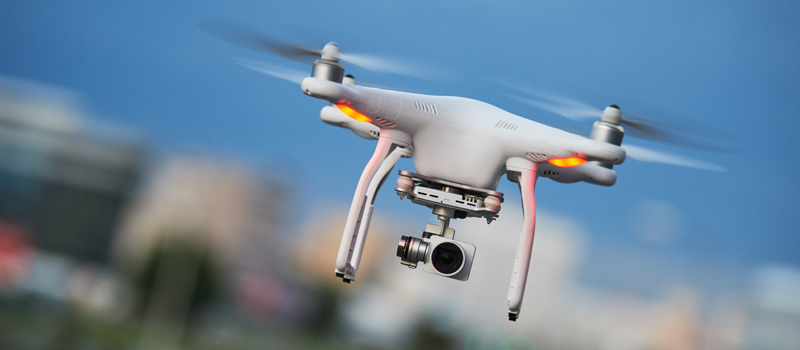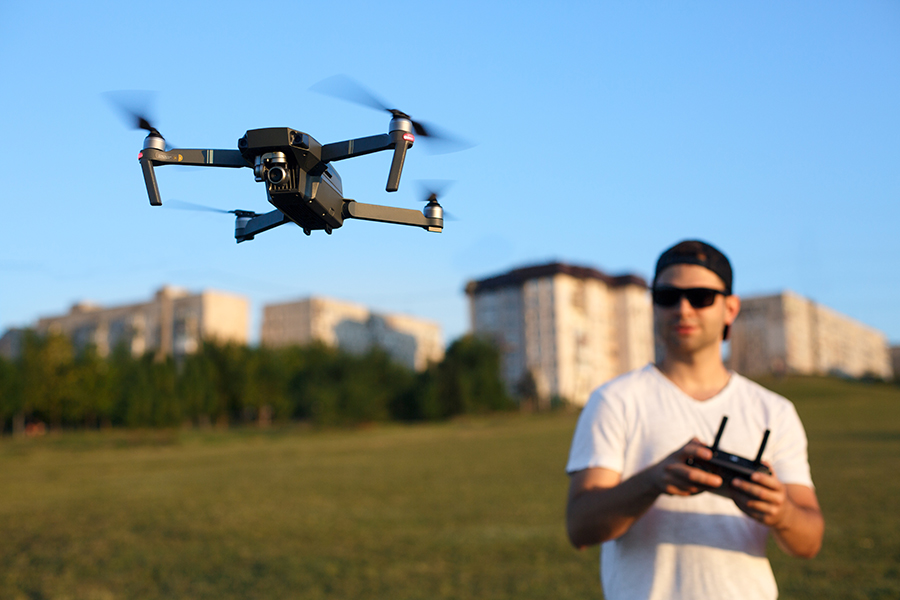Operating UAS under Part 107 rules already involves some substantial documentation, but this becomes even more critical if you are applying for a Part 107 waiver. Among several other requirements, you will need to work on your CONOPs or Concept of Operations.
The CONOPs provides a general overview of your operations. This is useful in identifying hazards and evaluating risks, particularly for a waiver request. There is a lot to consider when preparing your CONOPs, but don’t worry – we will break it all down for you.
Key Takeaways
- A CONOPs is a document that provides all the important details of your proposed operations.
- The CONOPs is an important part of a Part 107 waiver request and will likely be one of the bases for the FAA to decide on whether the request will be granted.
- The FAA provides a series of guide questions for every regulation under Part 107 that can be waived. Addressing these questions in the CONOPs is advised to improve the chances of a waiver request getting granted.
Need Help Preparing Your CONOPs?
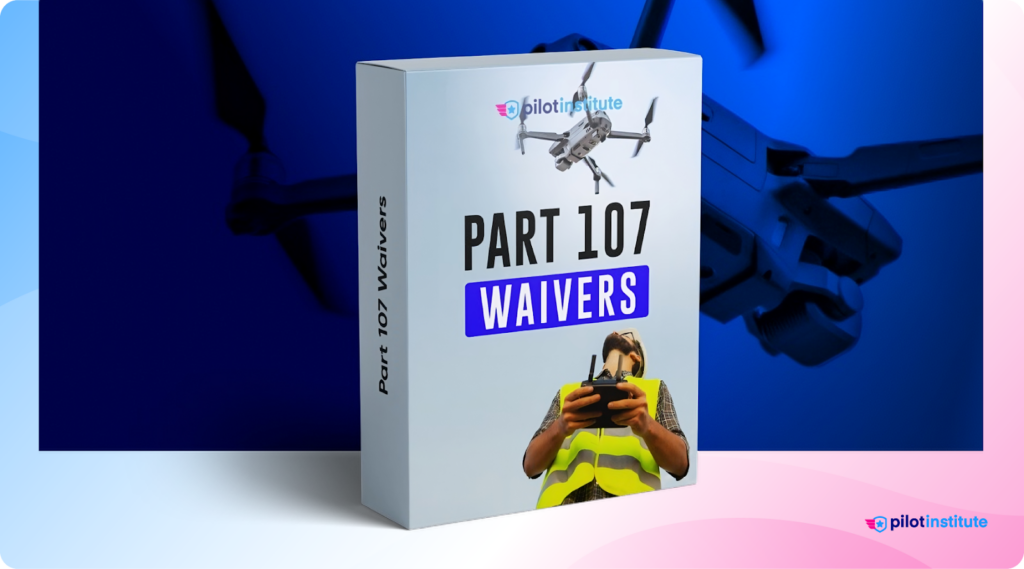
Sign up for our Part 107 Waivers Made Easy course for a detailed guide on CONOPs, including a handy template with guide questions.
What Is a CONOPs?
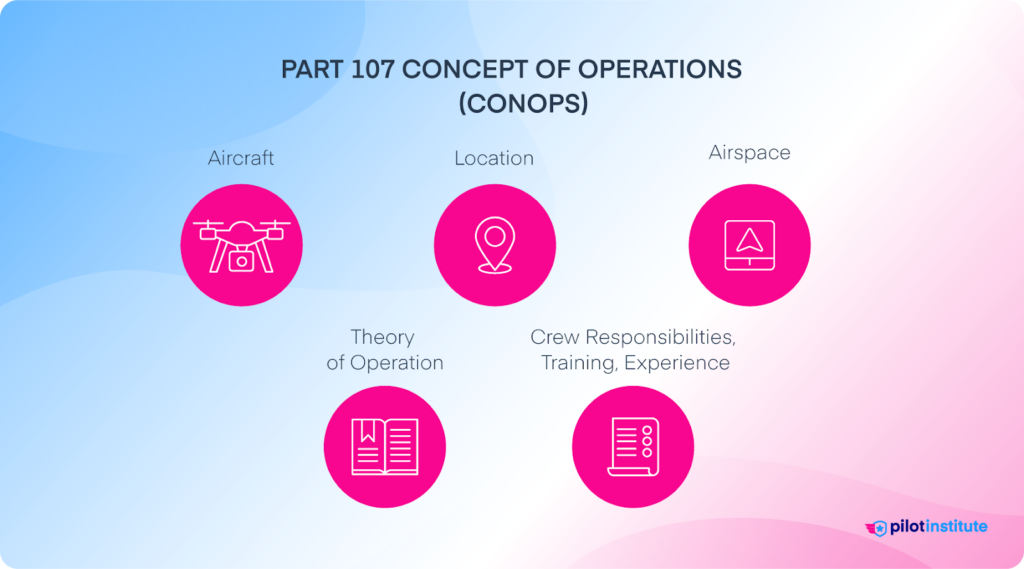
A Concept of Operations (CONOPs) is a document that provides an overview of your proposed operations. It should outline very clearly the important parameters of your operations, as well as the risks involved and corresponding mitigation measures.
CONOPs are very important when applying for Part 107 waivers, as it is the document that the FAA will use to understand the nature of your proposed operations. It will then form the basis for your waiver request and will certainly play a role in the decision on whether the request will be granted.
The ultimate rule is this – anyone should be able to understand your operations after reading your CONOPs. This is the guiding principle to keep in mind when deciding how detailed your CONOPs should be. It cannot be overstated how important the CONOPs are for Part 107 operations.
Standards CONOPS Sections
There is not a single template for CONOPs that will apply to all conditions, but there are certain topics that are considered minimum to include in a CONOPs. Make sure your CONOPs includes the relevant details on the following.
Aircraft
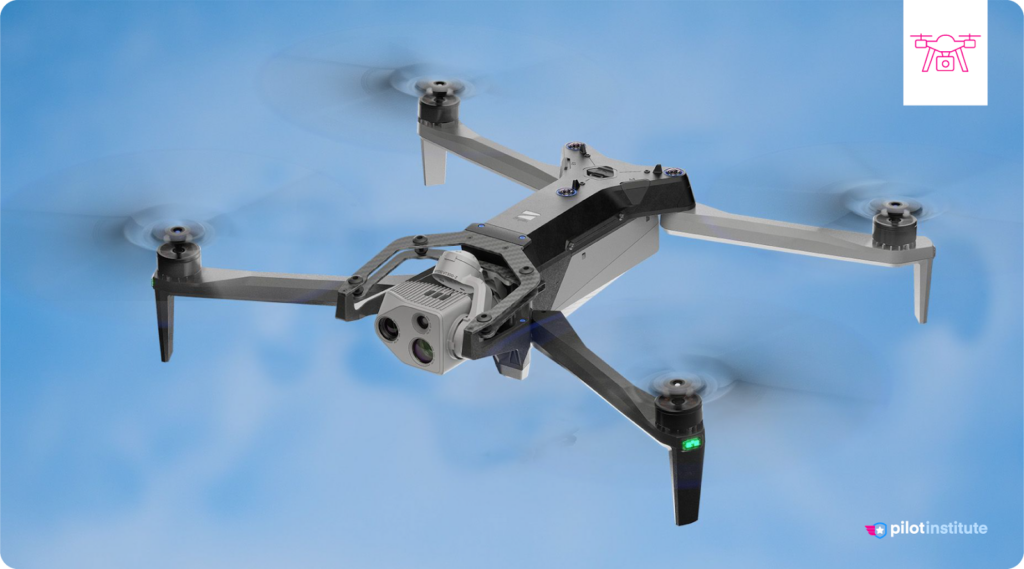
Start with the basic type and model of your aircraft. From there, you will want to go into the advertised specifications of the aircraft such as its range and maximum flight time, weight, and safety features. It is also worth noting here if your aircraft has any particular limitations.
Location
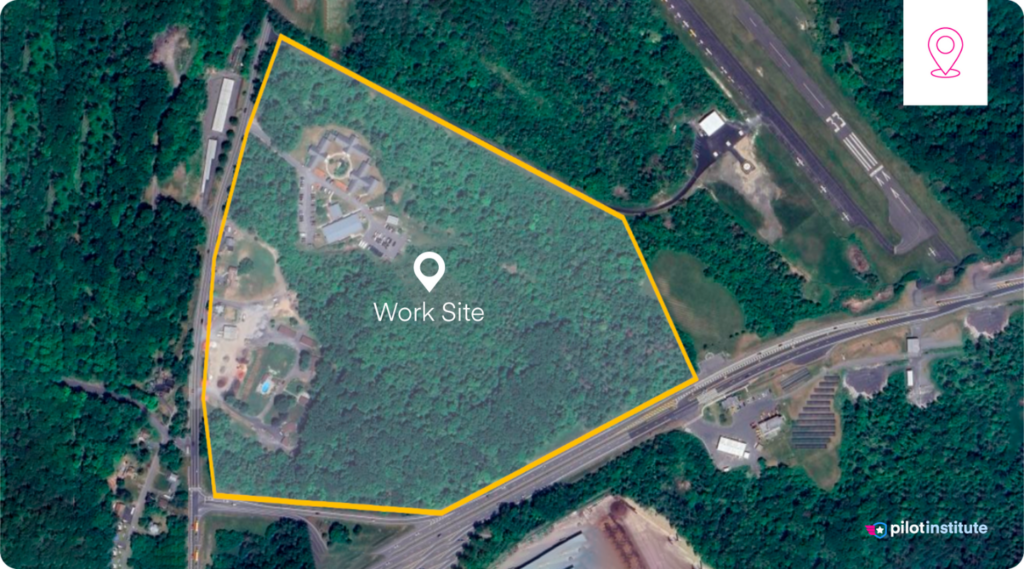
You will then need to specify the location of your proposed operations and some relevant details. The best way to provide the location to the FAA is to simply give them a KML file. This is a map file that can be opened by Google Earth and Google Maps where you can draw the boundaries of your proposed location. Otherwise, the coordinates of the center of a circular area with a specified radius will also work.
It is worth the effort of doing a bit of extra work to analyze your proposed location. You will want to take note of nearby airports or critical infrastructure, such as power plants and hospitals. This shows the FAA that you did proper research for your operations and that these factors have been considered in risk identification.
It would also be useful to include any population density information in your CONOPs. The goal is to merely establish if you will be flying over sparsely or highly populated areas.
Airspace
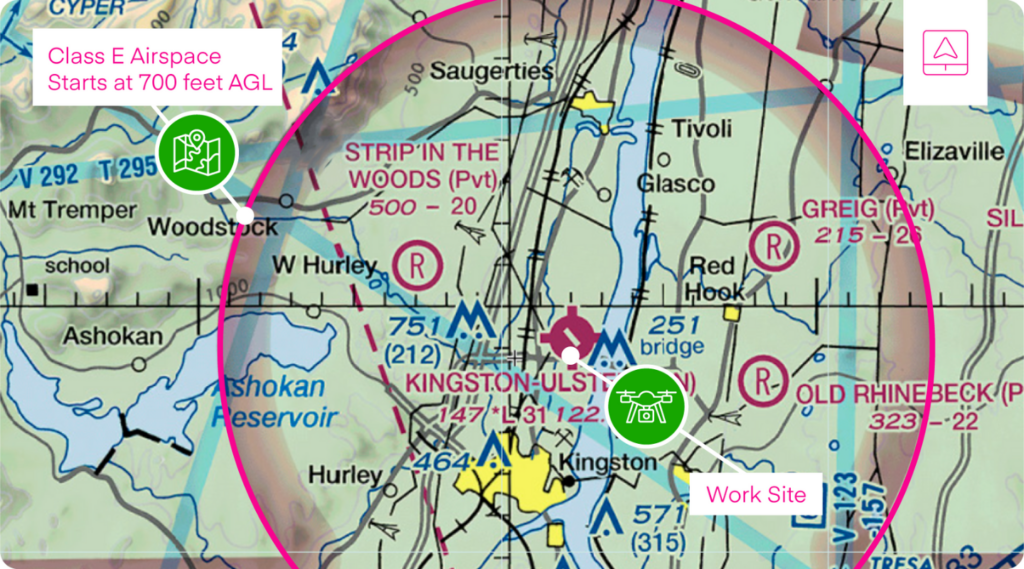
Also related to the location of your proposed operations is the need to identify the type of airspace you will be operating in. Will you be flying in controlled airspace? Then it is important to note which airports are nearby and how you intend to communicate with them, if necessary.
Aside from controlled airspace, you should also note if there are other special-use airspaces in the area. If you expect other aircraft to be flying nearby, then how are you going to maintain situational awareness? Are there other potential airspace hazards to consider?
Theory of Operation
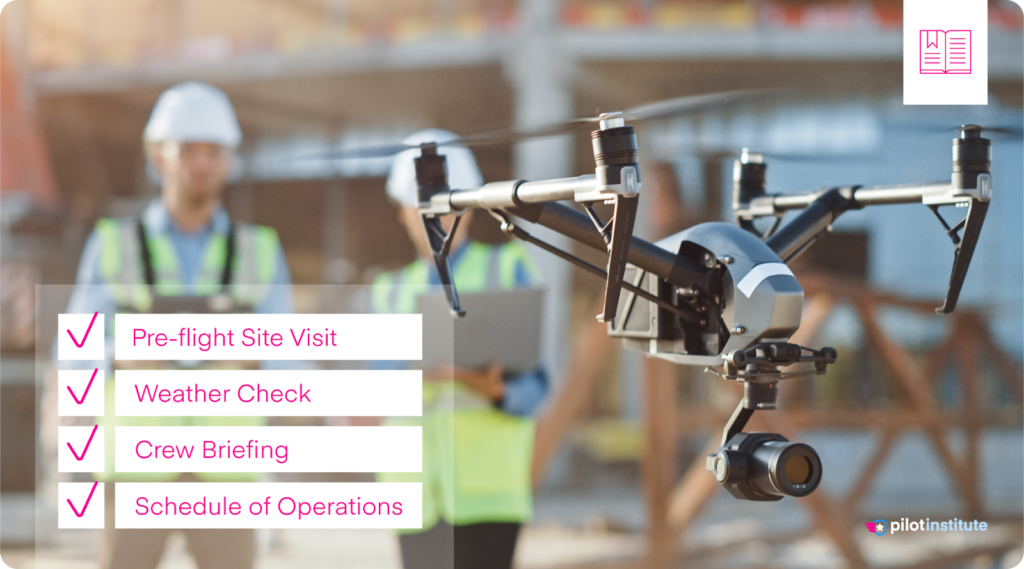
The theory of operation should provide the procedure that you have planned for your operations. It is basically going to be a schedule of activities – what you are going to do at each step, when it should be done, and how long it will take.
It would be good to be as detailed here as possible. You will want to include steps like doing a pre-flight site visit, checking the weather, pre-flight inspections, crew briefings, and schedule of operations (including rest times) among others. You can add just about any detail in this section that you think will help the FAA understand what you are planning.
Crew Responsibilities, Training, and Experience
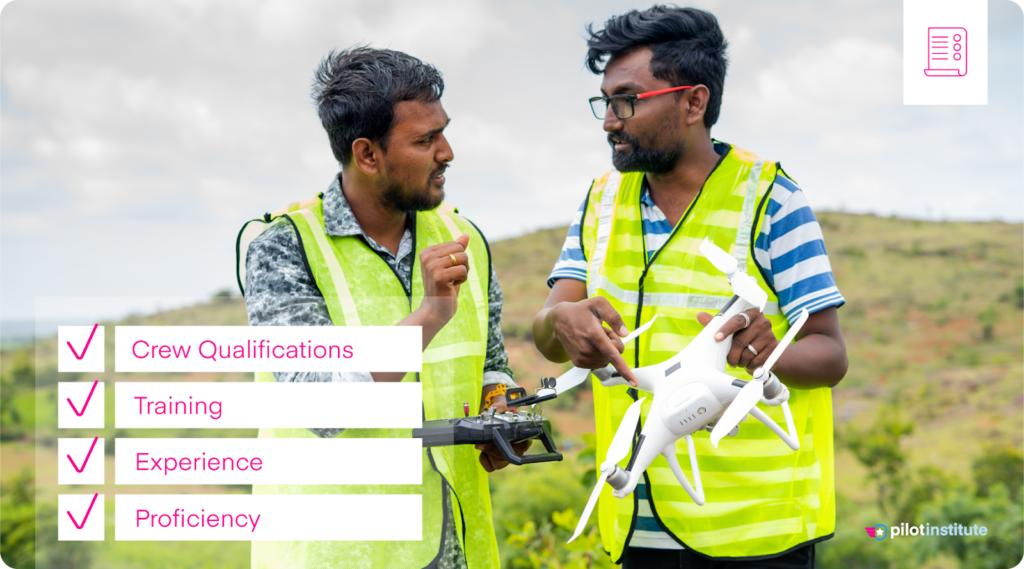
An important part of the CONOPs is the identification of the responsibilities of the crew of the operations. A crew for UAS operations can be as small as a single RPIC or as big as several UAS pilots, several visual observers, and a separate RPIC. It is important to have clearly defined duties and responsibilities for every person on the crew.
It will also be worth mentioning the qualifications, training, and experience of your crew members. Have your UAS operators or visual observers done any formal training? More importantly, have they received specialized training that is specifically well-suited to your proposed operations? Do they receive any regular training to make sure that they remain proficient?
The level of experience of the RPIC and other crew members can also make a huge difference in a waiver application. How many years of experience do you have in UAS operations? How long have you been flying the exact model of UAS that you will be using? Do you have prior experience in operations with the same nature or circumstances as the one you are proposing?
Answering the Guide Questions
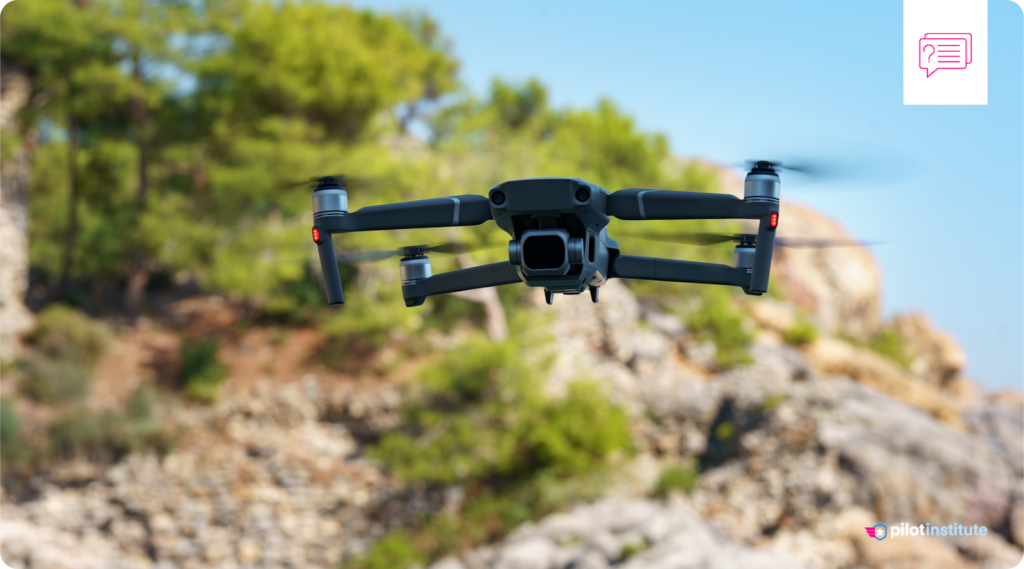
This is a more general guideline for Part 107 waiver applications, but make sure that your application and CONOPs answers the guide questions for the specific Part 107 regulation. This is a bit more complicated than it sounds because the guide questions are not all in one place. However, missing some of the points addressed by these guide questions is one of the typical reasons for getting a waiver request denied.
To help you out, we have prepared worksheets that summarize the relevant guide questions for each Part 107 regulation that can be waived. These worksheets are part of our Part 107 Waivers Made Easy online course along with 2.5 hours of instructional videos, several sample waivers, and step-by-step instructions on preparing, submitting, and receiving a Part 107 waiver.
Conclusion
Documentation is key when applying for a Part 107 waiver. Keep in mind that you are essentially asking for permission from the FAA to operate your UAS outside of the normal limitations. This means having to prove to them that you are capable of this safely.
The guiding principle here is that you need to let the FAA know that you know what you are doing. This means presenting a meticulous operations plan, identifying and mitigating potential risks, and flying with a well-trained and experienced crew.
